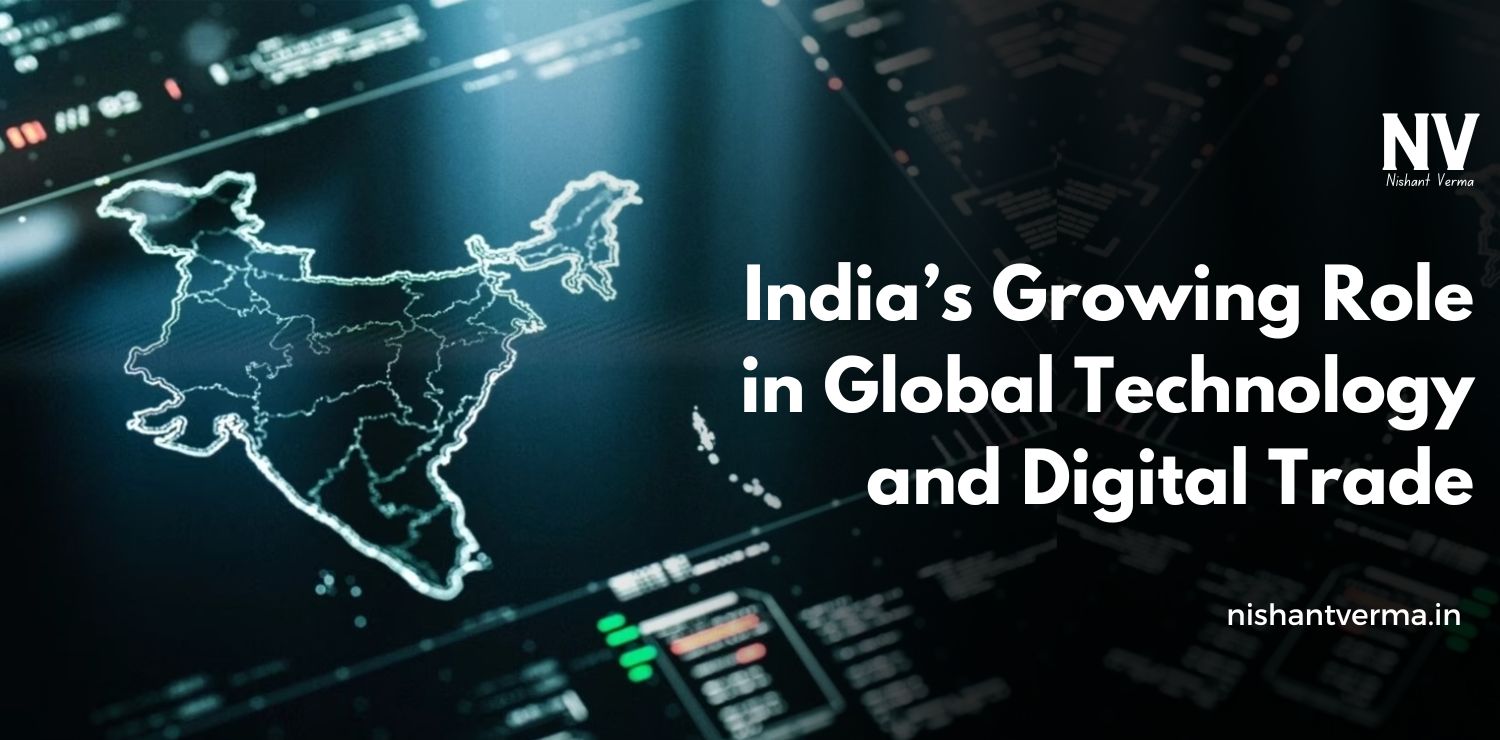Since the year 2000, India’s healthcare system has seen a remarkable transformation, driven largely by the integration of technology. In a country that faces both opportunities and challenges in providing quality healthcare to its vast population, technology has played a critical role in improving accessibility, affordability, and efficiency. From the growth of telemedicine and health apps to the development of AI-powered diagnostic tools and electronic health records, India healthcare revolution is a story of innovation and progress. This article explores how technology has reshaped healthcare in India over the past two decades, benefiting both healthcare providers and patients.
1. The Rise of Telemedicine: Making Healthcare Accessible
One of the most significant technological advancements in India’s healthcare sector since 2000 is the rise of telemedicine. Telemedicine refers to the use of telecommunications technology, such as video calls, online consultations, and mobile apps, to provide healthcare services remotely. In a country like India, with a large rural population and limited access to healthcare professionals, telemedicine has become a game-changer.
Before telemedicine, many rural and remote areas struggled to access quality healthcare due to the shortage of doctors and healthcare infrastructure. However, with the introduction of telemedicine platforms, patients can now consult with doctors from the comfort of their homes, regardless of their location. Services like Telemedicine Network Project (TNM) and private platforms like Practo and 1mg have made healthcare services more accessible to millions of people across the country.
The COVID-19 pandemic further accelerated the adoption of telemedicine, as people were encouraged to stay home and avoid crowded healthcare settings. Virtual consultations became essential, and telemedicine helped bridge the gap between patients and healthcare professionals.

2. Health Apps and Wearables: Empowering Patients
Another significant development in India healthcare revolution has been the growth of health apps and wearable devices. These technologies are not only empowering patients to monitor their own health but also helping them make informed decisions about their well-being. Health apps, such as HealthifyMe, Medlife, and Cure.fit, provide users with the ability to book doctor appointments, order medicines, track their health metrics, and access medical information on their smartphones.
Wearable devices like fitness trackers and smartwatches have also gained popularity in India. These devices monitor parameters like heart rate, blood pressure, sleep patterns, and physical activity, offering users valuable insights into their health. Devices like Fitbit, Garmin, and Apple Watch allow users to track their daily activities and set health goals, making it easier for individuals to lead healthier lifestyles.
By giving patients more control over their health, health apps and wearables contribute to early detection of health issues, better disease management, and improved patient outcomes. They also reduce the need for frequent doctor visits, thus helping to lower healthcare costs.
3. AI and Machine Learning: Revolutionizing Diagnostics
Artificial intelligence (AI) and machine learning (ML) have emerged as powerful tools in healthcare, particularly in diagnostics. India has seen the growing application of AI-powered tools that assist doctors in diagnosing diseases more accurately and quickly. AI is particularly useful in areas like radiology, pathology, and ophthalmology, where precision is crucial.
For instance, AI systems can analyze medical images such as X-rays, MRIs, and CT scans to identify abnormalities like tumors, fractures, or infections, often with greater accuracy than human doctors. Platforms like Niramai, which uses AI for early breast cancer detection, and Qure.ai, which uses AI to read and interpret medical imaging data, are prime examples of AI’s potential in improving diagnostic capabilities.
Machine learning algorithms are also being used to predict disease outbreaks, track patient data, and suggest personalized treatment plans. These advancements help doctors make more informed decisions and reduce the chances of human error.

4. Electronic Health Records (EHR): Streamlining Healthcare
The adoption of electronic health records (EHR) has transformed the way patient data is stored and shared in India. Traditionally, patient records were stored on paper, leading to inefficiencies and errors. With the introduction of EHR systems, medical professionals can now access patient data quickly and securely, improving the quality of care and reducing the chances of mistakes.
EHRs enable healthcare providers to track a patient’s medical history, medications, lab results, and treatment plans. This not only improves coordination between healthcare providers but also makes it easier for patients to seek treatment from different doctors or hospitals without worrying about the loss of their medical history. The integration of EHRs with other systems, like telemedicine platforms and health apps, has also contributed to more efficient healthcare delivery.
The Indian government has also played a role in promoting the use of EHRs. The National Health Policy (2017) included a roadmap for implementing EHRs nationwide, which is expected to improve the quality and accessibility of healthcare services.
5. Digital Payment Solutions: Improving Affordability
Technology has also made healthcare more affordable and accessible in India through the growth of digital payment solutions. The introduction of digital wallets, mobile banking, and online payment platforms has made it easier for patients to pay for medical services, including doctor consultations, hospital stays, and prescription medications.
Platforms like Paytm, PhonePe, and Google Pay have integrated healthcare payments, allowing patients to pay for services online without the need for cash transactions. This has made healthcare more accessible, particularly in rural areas where people may not have easy access to banking services.
Furthermore, the government’s Ayushman Bharat scheme, which aims to provide health insurance to economically disadvantaged families, has benefited from the use of digital payment platforms. The integration of these platforms with health insurance systems has streamlined the reimbursement process and made healthcare more affordable for millions of Indians.

6. Biotechnology and Health Research: Advancing Treatment Options
Technology has played a crucial role in advancing medical research and biotechnology in India. In the past two decades, India has become a leader in the development and production of vaccines, generic drugs, and medical devices. The rise of biotechnology companies has enabled India to develop cutting-edge treatments for diseases such as cancer, diabetes, and heart disease.
The Indian government has also supported the growth of biotech research through initiatives like Biotechnology Industry Research Assistance Council (BIRAC), which helps promote innovation in the biotech sector. India has seen significant progress in developing affordable vaccines and treatments for diseases like tuberculosis, hepatitis, and COVID-19.
The ability to use technology to advance medical research and produce affordable drugs has allowed India to not only meet its own healthcare needs but also provide low-cost treatments to other developing countries.
Conclusion: India Healthcare Revolution
Technology has undoubtedly been a driving force behind the healthcare revolution in India since 2000. From telemedicine to AI, digital payment solutions, and advancements in biotechnology, technology has helped make healthcare more accessible, affordable, and efficient. With a rapidly growing population and an increasing demand for healthcare services, technology will continue to play a vital role in shaping the future of India’s healthcare system.
As India continues to embrace technological advancements, the country is on track to achieve better health outcomes for its citizens. However, challenges remain, such as ensuring equitable access to technology, improving healthcare infrastructure, and addressing concerns related to data privacy. Nevertheless, the role of technology in India’s healthcare transformation is undeniable, and its impact will continue to shape the healthcare landscape for years to come.




